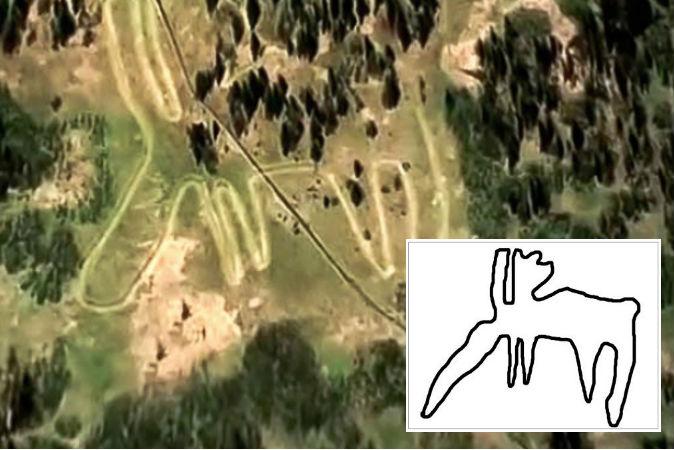From The Siberian Times: New blood samples have been discovered in the remains of a woolly mammoth; experts began the hunt for live cells this month.
The remains of a mammoth found in May 2013 on Malolyakhovskiy Island, Siberia, have yielded new hope for cloning the ancient animal, and also some intriguing puzzles.
One is this: did woolly mammoth blood have a special natural quality that prevented it from freezing, as scientists now suspect? Despite a temperature of minus 10 degrees Celsius (50 degrees Fahrenheit), the blood was liquid.
Another is: why are the mammoth remains in better condition after tens of thousands of years than human remains usually are after six months?
According to Dutch experts from Groningen University, the carcass—preserved in the permafrost in the Sakha Republic (also known as Yakutia)—is some 28,000 years old; tusk analysis shows that this mammoth died between the ages of 57 and 67; the mammoth gave birth no less than nine times.
Rings in the tusk indicate age, as with trees. The calcium content decreases when the animal is pregnant or feeding a calf.
An initial, well-publicized blood sample found from this female mammoth during the excavations at the carcass site is confirmed as genuine—but it has degraded.
However, a new source of blood in the remains was revealed to the The Siberian Times by Semyon Grigoryev, director of the Lazarev Mammoth Museum at Northeastern Federal University in Yakutsk.
“We also have found good blood samples that we obtained during dissection of the left front leg,” he said.




